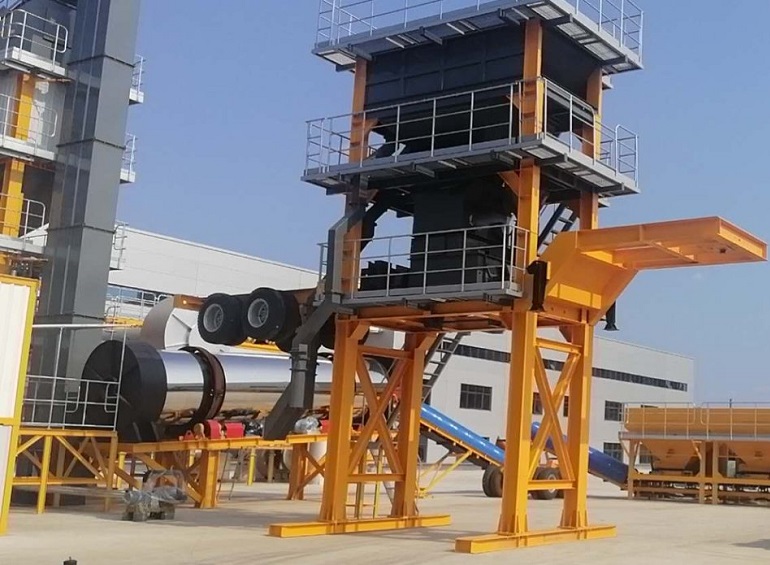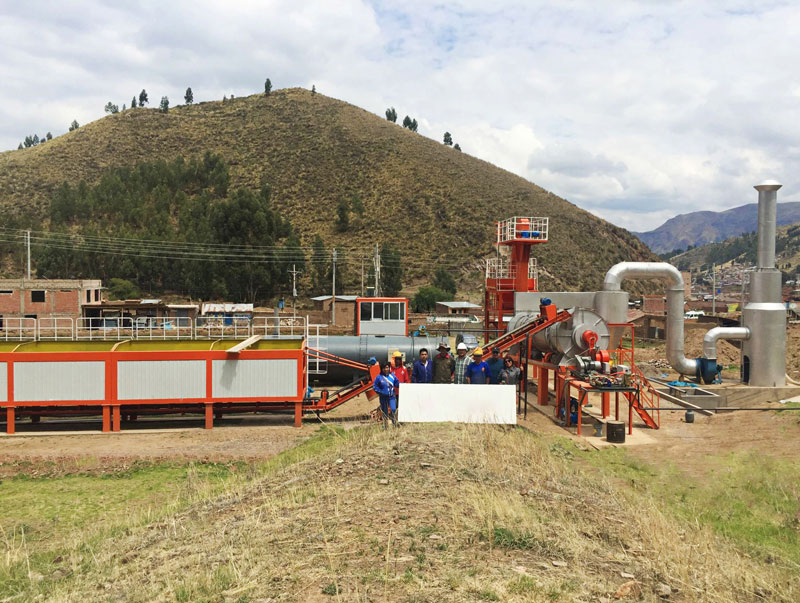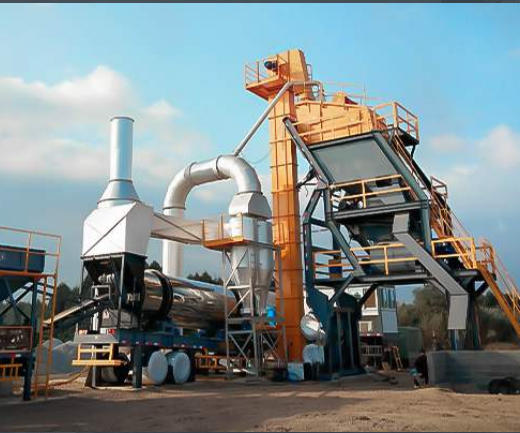How to solve the noise in the concrete mixing plant?
Understand and analyze the working state of cement mixing equipment and identify the noise, friction sound, trembling sound, the sound of mixing cylinder, the influence of mixing cylinder material, the noise of mixing equipment, the noise of internal combustion equipment and internal combustion engine, and the noise of electrical equipment of motor.
If the material in the mixing drum drops when running to the height, a strong sound will be generated. In addition, the collision between gravel and gravel will also have a great impact. The two collision sounds are the key part of the noise during the operation of cement mixing equipment.

Large meshing clearance, small overlap coefficient and unbalanced mixer load lead to the increase of gear transmission noise, which is mainly reflected in the sound of tooth side impact and sometimes the sound of tooth surface sliding.
The mixing cylinder is supported by four rollers, and the accuracy of the outer shaft of the large gear ring is determined by the accuracy of the four roller device. The four idlers have deviation, the deviation value is large, the accuracy of mixing tank and gear ring device is low, and the accuracy of mixing drum is low, resulting in poor rolling contact.
The bearing surfaces of loose rollers and mixed cylinders will slip, and four support rollers must maintain a good shape. If there is any shortage, it will slide between the mixing roller and the bearing roller. The unstable mixing drum does not match with the idler, which will produce large slip noise.
The noise of internal combustion equipment or motor is the noise of power equipment, and the noise of internal combustion equipment is much higher than that of electrical equipment. The noise of internal combustion equipment is particularly high, which is caused by the condition of power equipment itself.



 RU
RU MM
MM AR
AR




